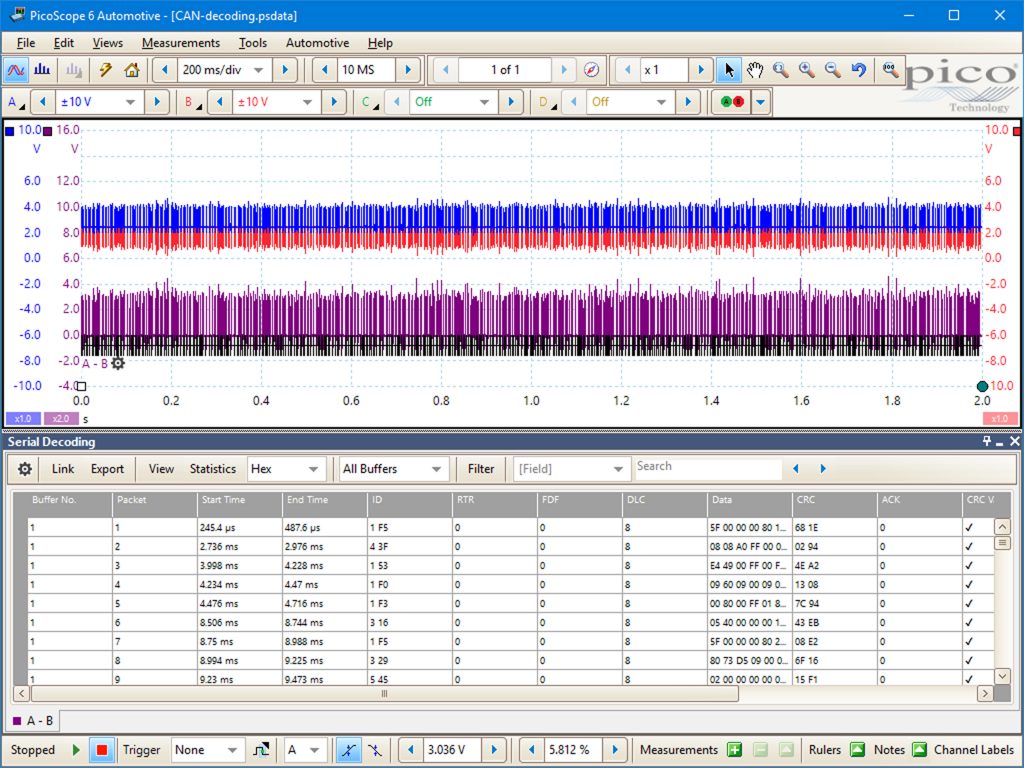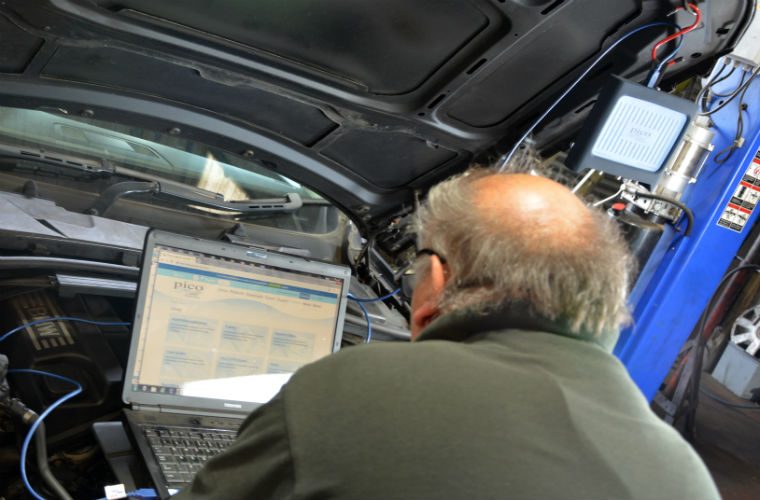Pico Automotive has partnered with Garage Wire to answer your PicoScope questions in a new and exclusive GW Views series of question and answer features.
GW readers have the opportunity to get their PicoScope questions answered by Pico Automotive by leaving their questions in the comments below this article or by emailing them to [email protected].
In the second Q&A of the series, Pico Automotive discusses PicoScope serial decoding.
Question: I’ve been using Pico for a while and noticed the serial decoding under the tools tab and was wondering what it actually does? Benjamin.
Well, Benjamin, that’s a very good question.
Serial decoding is a feature within PicoScope that allows you to look at network messages as numbers rather than just the digital stream of high or low voltages you measure with your probes.
In the automotive world, we can use the feature to see what is going on behind the scenes in your vehicle.

For example, we can look at messages within Controller Area Network (CAN), Local Interconnect Network (LIN), Single Edge Nibble Transmission (SENT), FlexRay, and Controller Area Network with Flexible Data Rate (CAN FD) networks, as well as many others.
PicoScope can read messages from such a large range of networks, including those with high speeds, because it has a high, 20 MHz, input bandwidth.
Precision powers its serial decoding accuracy: 12 bit analogue to digital conversion resolves down to 5 mV over a ± 10 V vertical range, whilst a potential 400 million samples per second can pick out events having a duration of mere nanoseconds.
PicoScope’s serial decoding feature handily presents every message as a row in a table.
You can use it to easily find and select individual messages for closer investigation.
The messages are broken down into their component parts across the columns of the table.
See exactly what is happening
For example, with CAN bus messages, we can look at their identifiers, data lengths and payloads, and statuses.
Diagnostically, serial decoding allows us to see which messages are present, whether they are valid messages and, if we want to dive in really deep, what data they carry.
The filtering tool within serial decoding helps us to lock on to just one message, or a range of messages, to see how they change with changing vehicle, system, or component states.
On a CAN network, we could see which messages change (or not) when we press either the brake or accelerator pedals, when we insert the key in to the ignition barrel and/or turn it, of if we add or remove control units from network.
You might have a vehicle with a power window problem.
If so, you could use the CAN and/or LIN bus serial decoding to see whether or how the system’s messages change with the operation of a window switch or as the windows go up and down.
This is the true power of serial decoding: you can see exactly what is happening within your vehicle networks.
Once you have peered into this particular matrix, you will never see things the same again.
GW readers are invited to leave their PicoScope questions in the comments below this article or to send them via email to [email protected].







